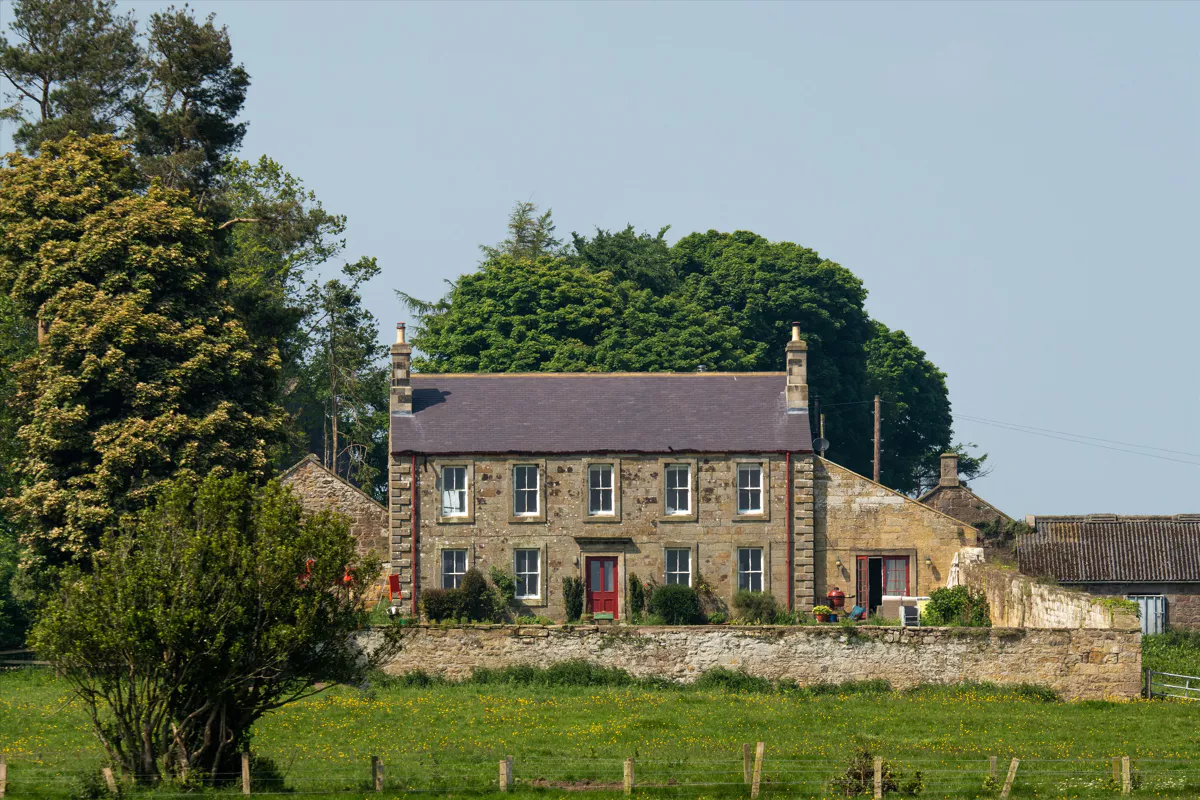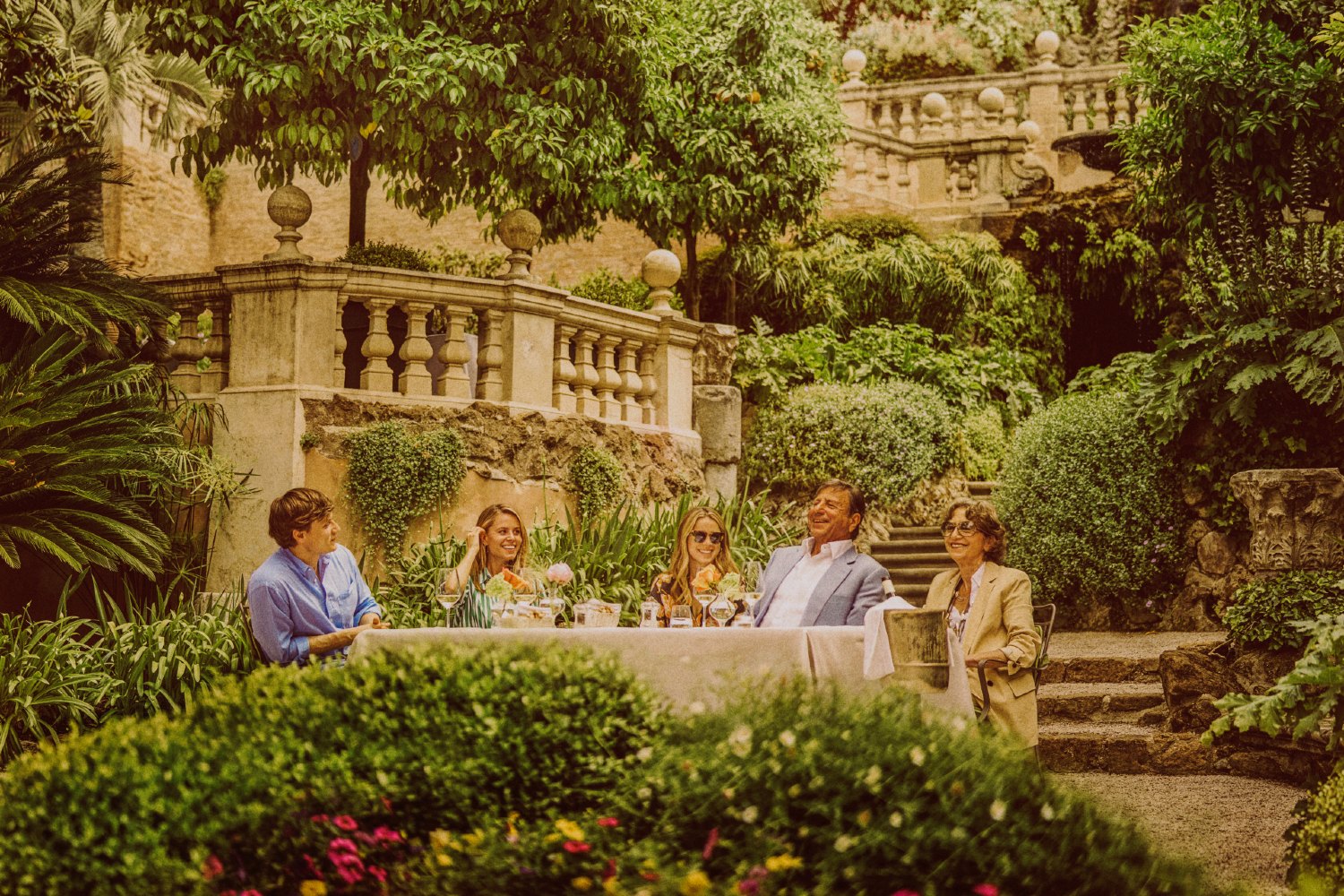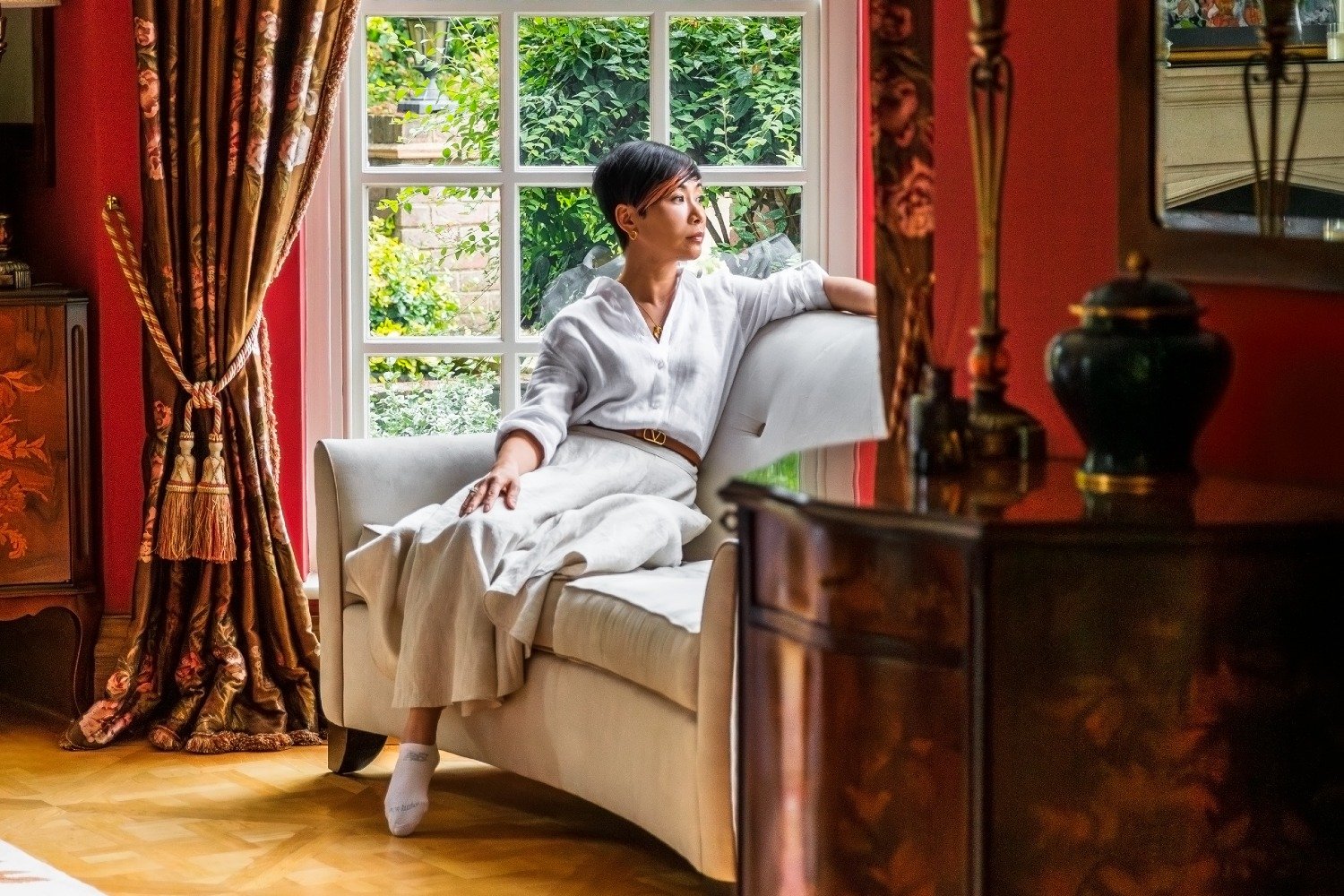Environmental opportunity knocks in Scotland
Investors take note, Scotland offers unique opportunities for carbon sequestration and environmental renewal. Knight Frank’s rural team explains all
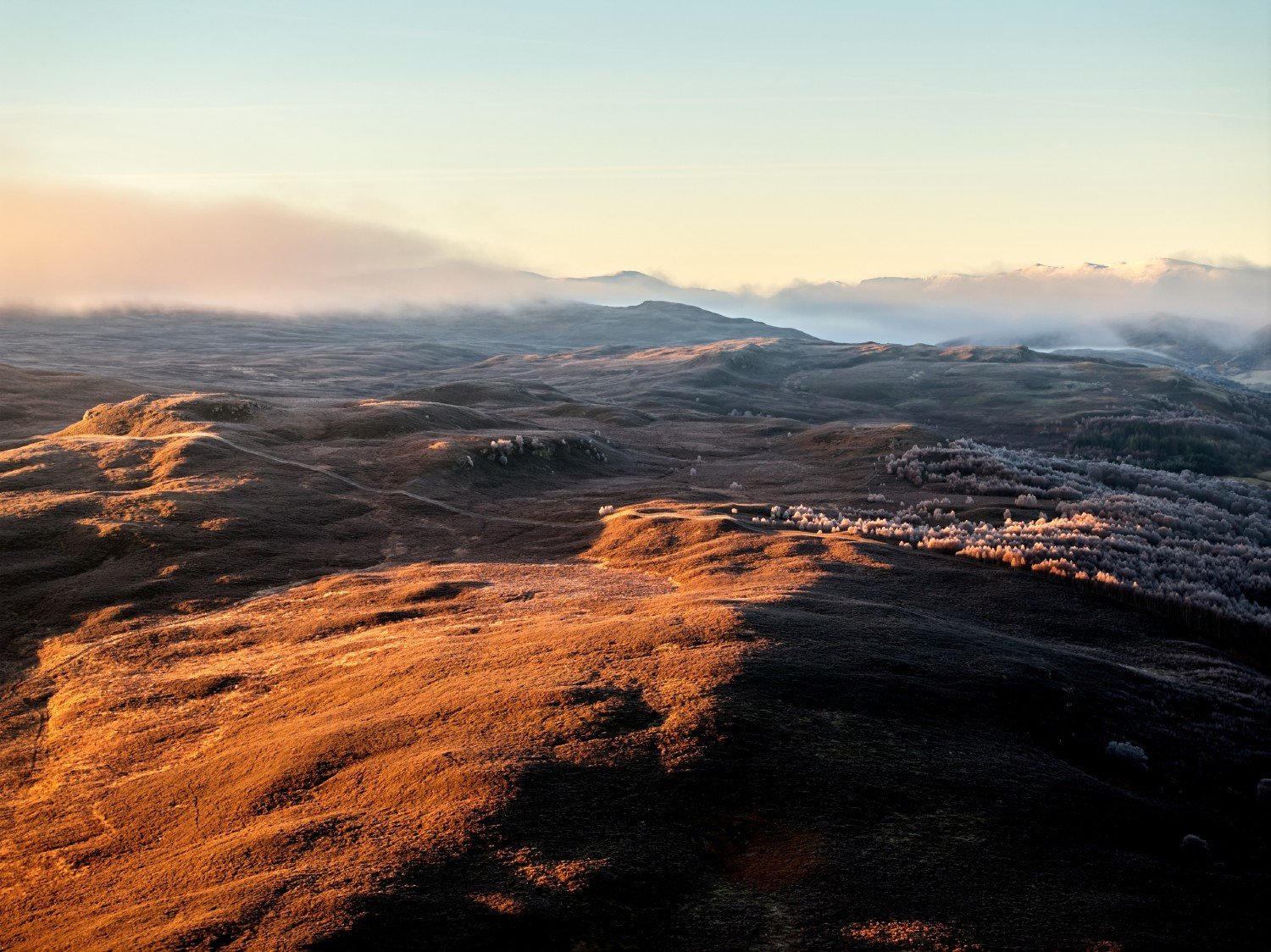
“Whether we’re selling an island or an estate, the buyer profile has changed dramatically over the past 10 years.” So says Tom Stewart-Moore, Knight Frank’s Head of Rural Agency in Scotland.
Country estates, pieces of wilderness and remote Hebridean islands used to be of interest as playgrounds for sport. But growing engagement with the issue of climate change from individuals, along with an impetus for businesses of all kinds to demonstrate their ESG (environmental, social and governance) credentials, have shifted interest towards wilderness protection and carbon offsetting. “There’s a much broader spectrum of buyer types for these places when they become available,” he says.
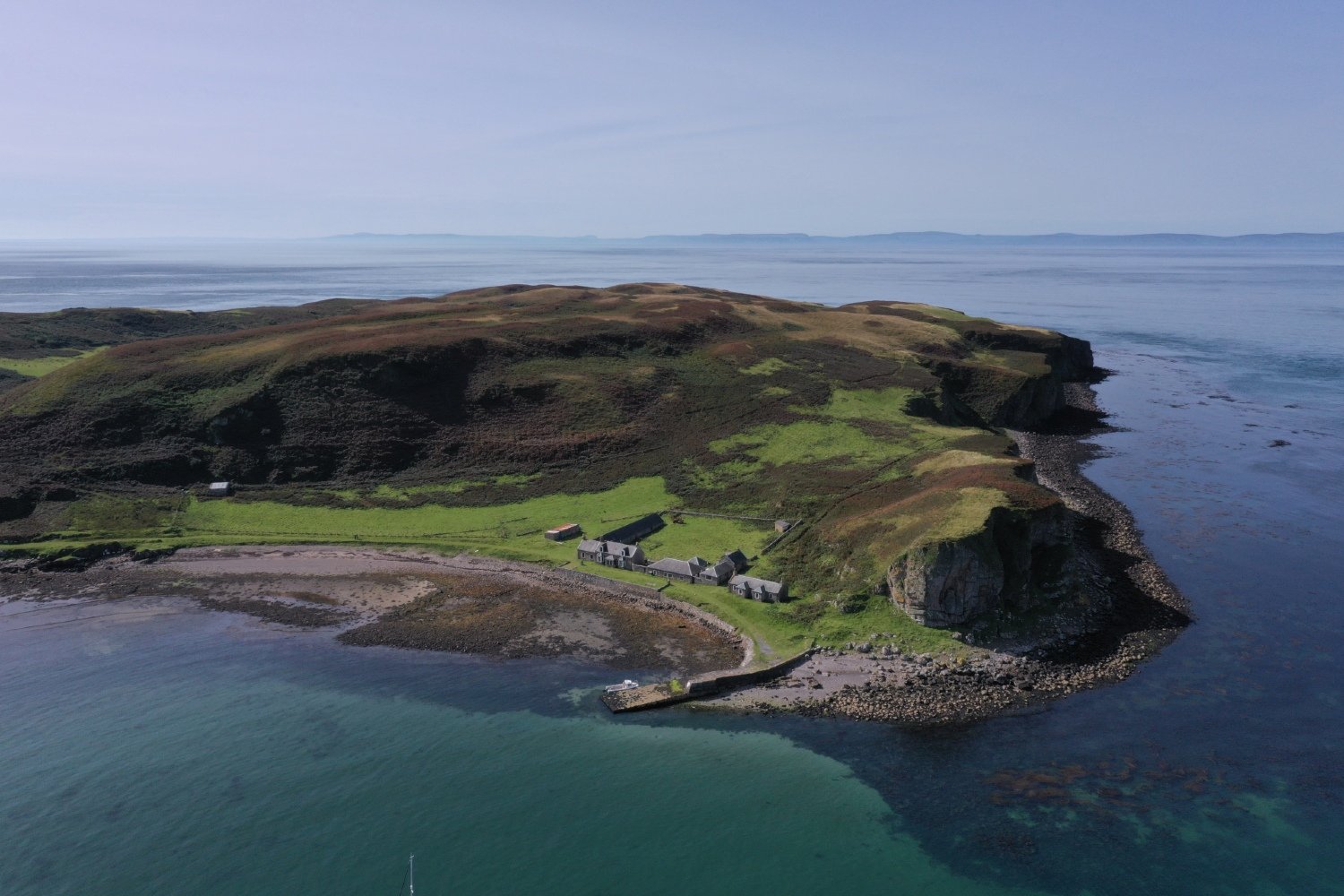
The Isle of Sanda, Kintyre
Take the isle of Sanda, for example. A 453-acre island in the Kintyre estuary, a half-hour boat ride away from the historic whisky hub of Campbeltown, it has seven residential properties, all newly renovated, two boat slipways, a helipad and a free-roaming flock of 55 Blackface sheep.
“For the current owner it’s been a bolthole on the coast,” says Stewart-Moore, “a place he could use privately with family and friends. His predecessors set up a tavern where, pre-pandemic, a lot of sailors would drop anchor for lunch. There are definitely people who’d look at a place like this and think ‘Yes, I can lock myself away there during the summer months and that would be great’. But we also have substantial interest on the environmental side now too.”
The island includes colonies of puffin, storm petrel, Manx shearwater, kittiwake and guillemot, to name a few bird species that call Sanda home. “It’s an important breeding station for many seabirds and is part of the Clyde Sea Sill Marine Protected Area – a site of special scientific interest. It’ll be important that whoever takes it on looks after that,” Stewart-Moore adds.
The environmental opportunity offered by the island is that of protecting the geology, flora and fauna. But there are other places where the opportunities extend beyond eco-tourism and private boltholes.

Far Ralia, Cairngorms, Scotland
Some 160 miles north-east of Sanda, in the heart of the Cairngorms National Park, sits another Scottish gem, Far Ralia. The 3,500-acre estate is striking because its entire purpose has been given over to nature recovery. The estate was the first, both in Scotland and the UK, to attain fully approved grant funding for 1,200,000 native trees, planted across 2,500 acres. The Woodland Carbon Code estimates that around 346,000 tonnes of CO₂ equivalent will be sequestered by the estate. This first-to-the-market opportunity is rare as purchasers have complete control of the scheme.
“It has massive appeal to a really wide range of buyers,” explains Claire Whitfield, a Partner in Knight Frank’s rural team. “High-net-worth individuals, corporates, institutions, investment funds, pension funds – it’s an ESG opportunity because not only is it a potential carbon offset, but it also brings biodiversity enhancement because of the work that’s being done. It’s quite rare.”
Whereas a lot of woodland projects create monocultures, this has the potential to bring back and rejuvenate protected species such as otters and golden eagles. Its position on the protected watercourse of the River Spey also makes it important as a salmon spawning ground.
Not everyone realises the potential of opportunities such as these at this moment in time. But, says Whitfield, “those who are entering this market see the potential, have put investment into understanding it and can see the wider benefits ownership of land like this offers beyond the financial numerics”.
Knight Frank has been an early adopter in this arena and is well-placed to support landowners with optimising this potential. “In spite of the economic challenges of recent times, all we’ve seen is a growing demand,” Whitfield adds. “There are still people looking at natural capital for lifestyle reasons and for financial purposes. The environmental investor has added another layer, demanding different skills and knowledge. To be able to provide the answers that buyers of all kinds are looking for, that’s really exciting for us.”
The Isle of Sanda (now sold) was for sale for offers in excess of £2,500,000. Far Ralia is for sale with a guide price of £12,000,000.
Please contact claire.whitfield@knightfrank.com and tom.stewart-moore@knightfrank.com
Discover more exceptional estates available across the UK through Knight Frank

